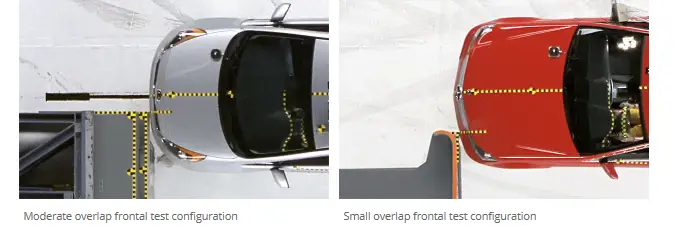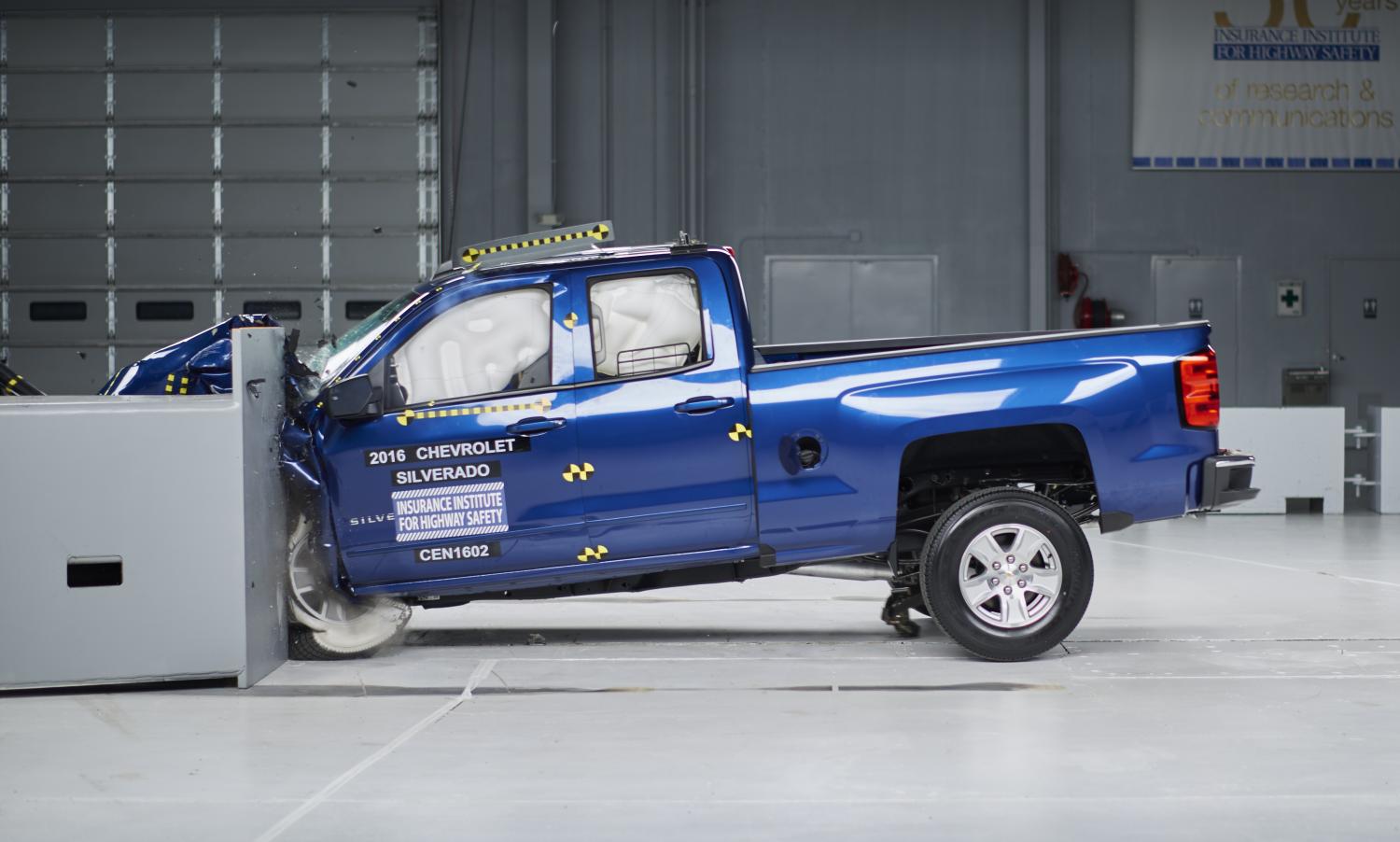Search the Community
Showing results for tags 'iihs'.
-
John Goreham Contributing Writer, GM-Trucks.com 7-2-2019 The new Ford Ranger did pretty well on its newest safety tests by the Insurance Institute For Highway Safety (IIHS), but it did not have the scores to earn either level of the Top Safety Pick award. The Ranger fell short in three ways overall. First, it scored Acceptable for its passenger side small frontal overlap crash test. Like some other manufacturers, Ford does not reinforce the passenger side of its Ranger as robustly as it does the driver's side. That boots the Ranger off of the Top Safety Pick Plus designation. Next, the Ranger's best headlights are only Marginal. That boots it off of the Top Safety Pick list. Finally, the child safety anchors are scored Marginal, which does not factor into the IIHS scores, but makes parents swear quite a bit. You can see detailed score info at this link. IIHS has a good video with more details below.
-
John Goreham Contributing Writer, GM-Trucks.com 3-21-2019 IIHS has just completed its latest round of testing of 11 pickup truck models. The new testing adds passenger-side small frontal overlap crash test results. This test is important because in real-world crashes investigators find that about 25% of all fatalities and serious injuries occur in crashes of this type. This test is one of the hardest in the American market. NHTSA does not perform the test and the test is also carried out at higher speeds than NHTSA's other tests. The small frontal overlap test simulates a vehicle striking a utility pole or similar object with just a portion of the front structure. IIHS added the passenger-side test after it discovered in some research testing that automakers were not reinforcing the side not commonly tested. They tested a Toyota RAV4 which earned a Good score on the driver's side, and Poor score on the passenger side. Ford's F-150 is the only truck so far tested to earn a score of Good on every crash test. Overall, the Honda Ridgeline is the only truck in America that has earned a Top Safety Pick award. Watch the comparison in the video to see the difference between a Good result (F-150) and a Poor result (Toyota Tundra). GM's results show that the company scores the second from lowest rating in many areas. By all appearances, GM is one of the remaining companies that does not reinforce the passenger's side the same way it does its driver's side.
- 14 replies
-
The reason that this accident is so serious is the crash only involves 25% of the frontal width of the vehicle. Because the crash misses most of the vehicle's crash structure, the passenger compartment is compromised more than in a moderate front overlap test where 40% of the vehicle strikes the barrier. In addition to causing serious deformation of the body structure and putting the full impact on a small area of the vehicle, the angle results in the vehicle twisting upon impact. In some tests the vehicle rotates a lot. This has an important and deadly effect on vehicles that were not designed for the impact. In many vehicles that scored Good on all tests prior to the new small frontal overlap test being introduced the airbags didn't work properly. In some cases, the dummy's head (or driver's head) would miss the airbag and impact the bottom corner of the left A-Pillar. The forces recorded were in many cases deadly. So what kind of accident is the small frontal overlap test simulating? Simple. It is a very common type of crash that occurs when a vehicle understeers due to losing grip either from too high of a speed in a corner or from slippery conditions (or both obviously). In my rural New England town, there are no sidewalks on most of the streets and the telephone poles are on the road, not set back. They are literally right on the road meaning the outside edge is on the first inch of the street. It does not take much to screw up and hit one, particularly for a new driver. I've come around to see IIHS's side of things. The Institute is not a government agency, and I like that. The testing is more rigorous than NHTSA or NCAP's, and I like that too. There is no correlation between a vehicle doing well on this test and costing more than a vehicle that does poorly. However, there is a direct correlation between vehicles that score good on IIHS tests and occupants being safer in accidents. Looking back to the start of the moderate front overlap test, IIHS says "An analysis of 14 years worth of crash data involving IIHS-rated vehicles shows that a driver of a vehicle rated good in the moderate overlap test is 46 percent less likely to die in a frontal crash, compared with a driver of a vehicle rated poor. A driver of a vehicle rated acceptable or marginal is 33 percent less likely to die than a driver of a poorly rated one." The small frontal overlap test is too new for such a comprehensive evaluation, but it would be shocking if it did not have a similar result when time has passed. Automakers have known since before the current models for sale were designed that this testing was coming. Truck makers knew about this test and some designed to pass it and some did not. The tests are almost never a surprise. Automakers all have their own testing labs and can run the tests themselves. They also are aware of best practices and can design around other's successes. One of the best-scoring automakers of all is Subaru, also one of the smallest in terms of revenue. Subaru's mid-size car scores Good and Audi's scores Poor. More on this subject here.
-
The Silverado and Sierra models did much better on the roof crush test. Both scored Good along with the Toyota Tundra and Ford F-150. Rollover crashes account for 44% of the deaths in pickups, so this test is important in this vehicle type. The Ram had the worst day of the bunch. It performed worst of the bunch on the IIHS small frontal overlap test and only Marginal on the roof test.




